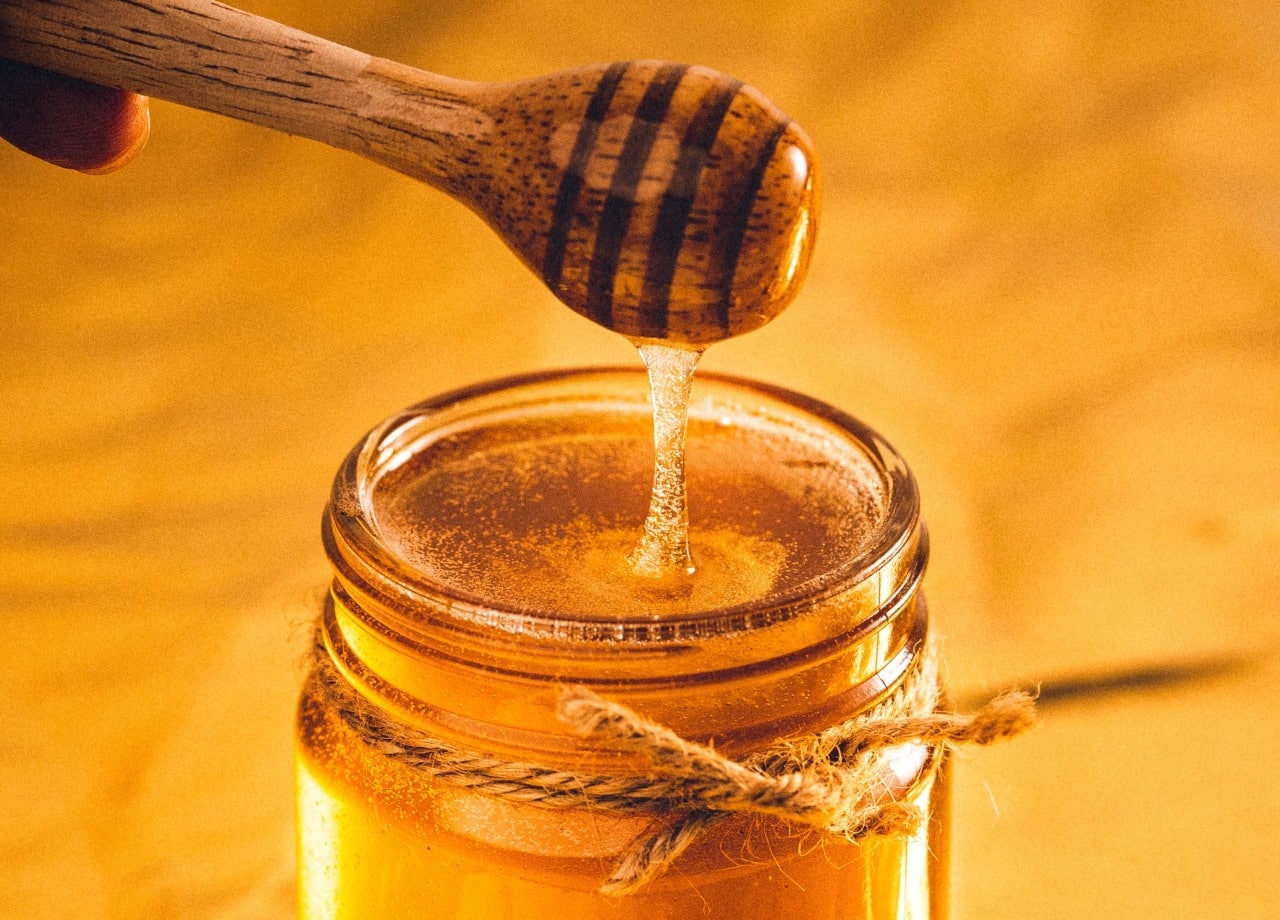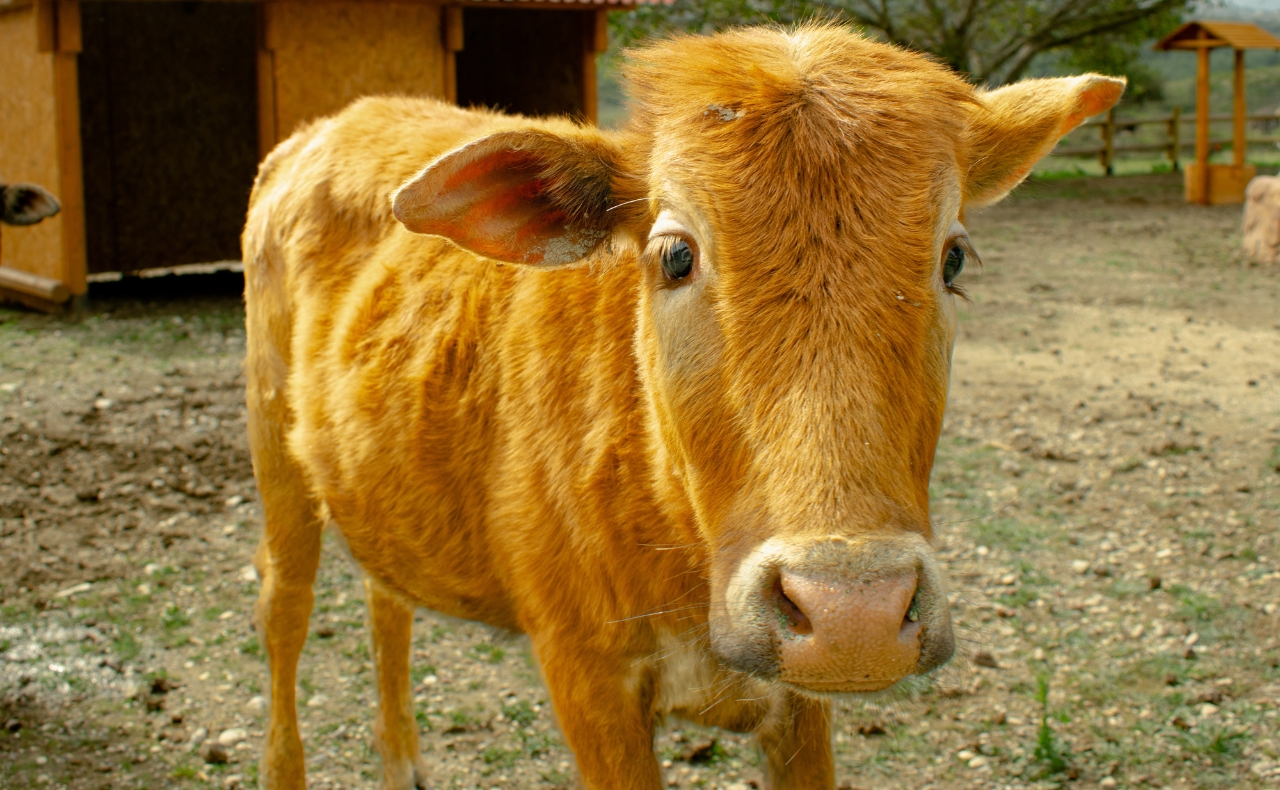
A brief history of Honey
Honey is a thick golden liquid that is produced by bees and is enjoyed around the world. Honey is collected from the nectar of flowering plants. The bees gather the nectar from nearby plants and transport it into their hive. There, water evaporates from the nectar to produce the material we consume and known as honey. Bees are extremely important for the local ecosystem since they pollinate the local flora.
History of Honey
The history of honey is older than the history of writing. Honeybees existed 40 million years ago in Southeast Asia, while homo sapiens only exist for 50.000 years. A Mesolithic rock painting in a cave in Valencia, Spain, dating back at least 8,000 years, depicts two honey foragers collecting honey and honeycomb from a wild bees’ nest. The oldest known record of honey production dates to 5500 B.C.E in ancient Egypt. The ancient Egyptians were the first civilization to produce honey on a mass scale. Honey was used by all classes of people in ancient Egypt, with many uses from cooking to medicine. Egyptians constructed elaborate systems for honey production. For example, they used to transport beehives along the Nile, to get them closer to seasonal flowering nectar-producing plants.
Written records of honey also exist in ancient texts from other ancient civilizations. Honey is mentioned in Sumerian and Babylonian cuneiform writings, the Hittite code, and the religious texts of India. Greeks also produced honey during the ancient era, with honey tokens being given to Olympic champions as a gift. Upon his death in 323 BCE, Alexander the Great was transported over 1,800 miles, from Babylon to Macedonia, submerged in a vat of honey The modern name of honey comes from the word hunig. During the medieval era, honey was used as a form of currency, tribute, or offering. In the 11th century A.D., German peasants paid their feudal lords in honey and beeswax.
Varieties
There are many varieties of honey produced around the world. Honey varieties are primarily classified by the type of flower the nectar was collected from. Honey that comes from just one source is called “unfloral” or “varietal” honey, while it’s known as “multifloral” honey if it’s been produced from the nectar of more than one type of flower. Below is a list of the most well-known varieties of honey:
- Clover Honey
- Buckwheat Honey
- Acacia Honey
- Manuka Honey
- Wildflower Honey
- Tupelo Honey
- Orange Blossom Honey
- Sourwood Honey
- Linden Honey
- Sage Honey
- Eucalyptus Honey
- Avocado Honey
- Blueberry Honey
- Dandelion Honey
- Fireweed Honey
- Heather Honey
- Macadamia Nut Honey
- Palmetto Honey
Honey is produced in many ways. You can find honey in many forms including liquid in raw or pasteurized forms, whipped, and honeycombs.
At Farma of Rhodes, you can find locally produced Greek honey gathered from the bees living around the farm, in an area with rich biodiversity! Visit Farma of Rhodes and enjoy an interactive zoo experience!





